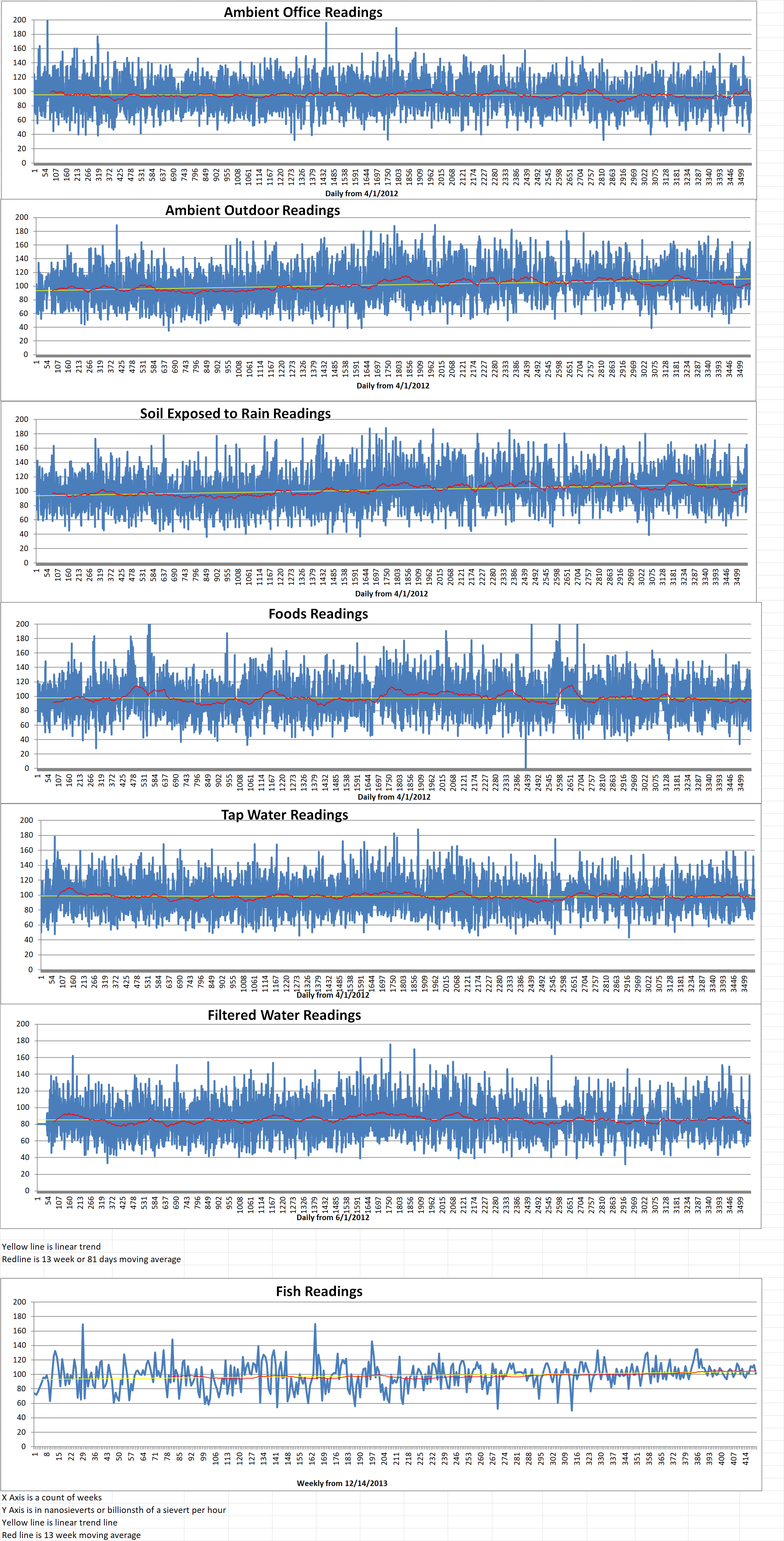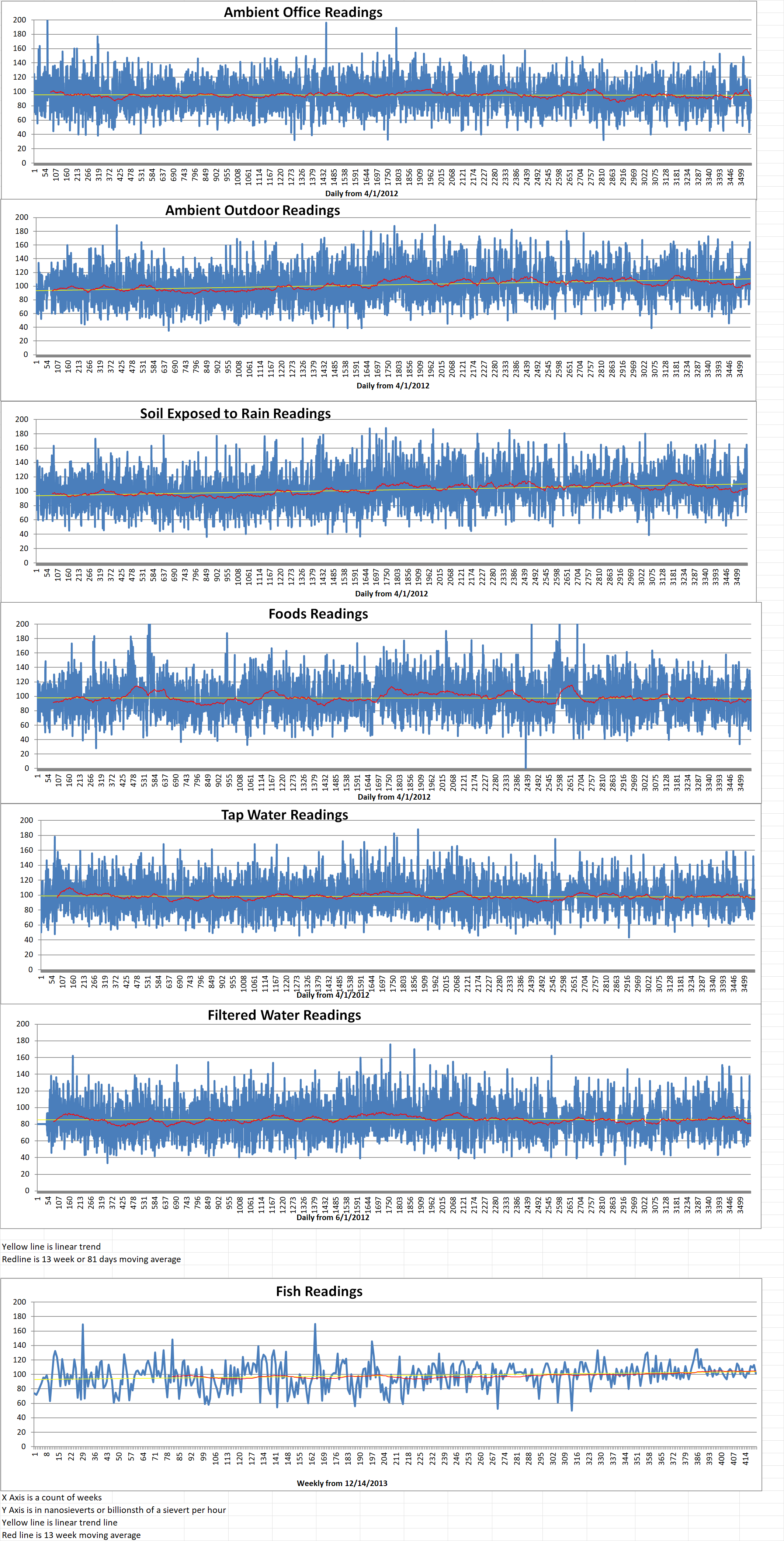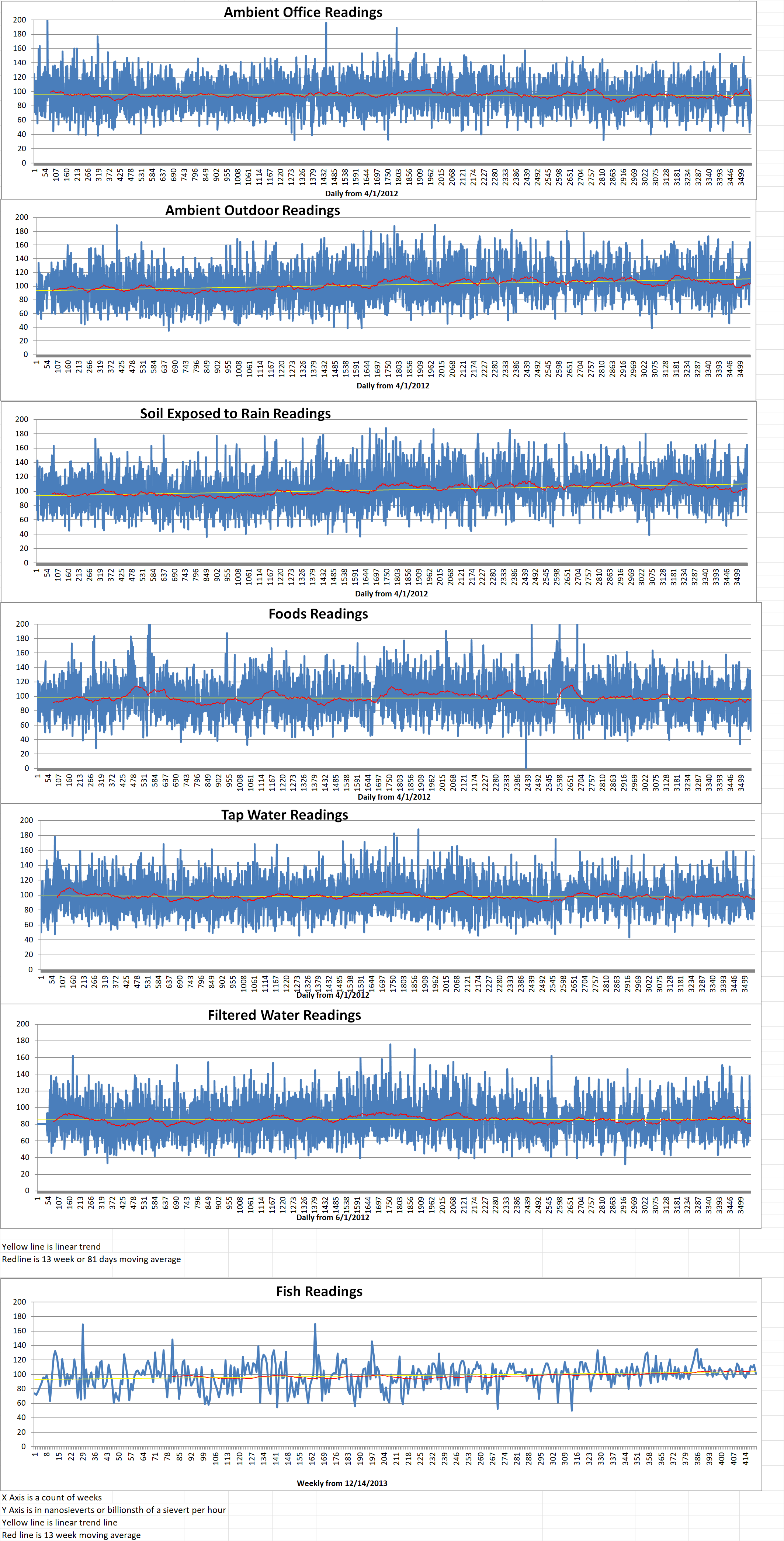Part 1 of 3 Parts
Russia is the number two nuclear power in the world. They have about fifteen hundred warheads deployed on delivery systems and forty-five hundred in standby reserve. For years, Vladimir Putin, the President of Russia, has been brandishing his nuclear sword around the world. Russia has flown nuclear bombers through other countries airspace without warning. Russia has also been sailing nuclear armed ships and submarines through other countries territorial waters without warning. Years ago, he said that if Russia were losing a ground war to NATO troops with conventional weapons, he might use tactical nuclear weapons on the battlefield. However, there is one issue that might cause problems for Putin if he decides to use nuclear weapons. Do the warheads in the Russian arsenal actual work?
It might seem unlikely that Russians nuclear weapons would not work but it is a possibility. There are two connected reasons that Russia might not actually be a nuclear power.
First, nuclear weapons have what can be referred to as a “shelf life”. They are not like standard ammunitions that can be wrapped in grease paper and still function fifty years later. Nuclear warheads had critical parts made of radioisotopes which decay over time. They must be serviced regularly to replace those critical parts. There are several different components that must be replaced but one of the most important is tritium gas. Tritium gas is an radioactive isotope of hydrogen in which the nuclei contain one proton and two neutrons.
The nuclear bomb dropped on Nagasaki, Japan, at the end of World War II. It weighed ten thousand pounds and was six feet across. The explosion was equivalent to twenty thousand tons of TNT. It obliterated most of Nagasaki but was very impractical from a modern perspective.
Modern nuclear fission weapons are “boosted” with tritium. They have hollow cores (referred to as ‘levitated’ cores) with a hollow sphere surrounding a smaller solid core which is suspended by wires in the center of the outer sphere. This configuration is more effective at compression. But it is not enough to make an atomic bomb the size of a bowling ball.
In order to achieve that goal, tritium gas is pumped into the hollow space inside the levitated core. Modern bombs need between three and foud grams of tritium in order to achieve the desired fission reaction. The tritium fuses as it is compressed, which generates billions of neutrons. The initiators of Fat Man only released a few neutrons. The compression in modern warheads speeds up the reaction. This is critical for hydrogen bombs because they depend on the flash of gamma rays from the initial reaction to compress and react the secondary stage before everything is blown apart by the fission’s trigger atomic blast wave.
This is also critical for tactical battle field nukes which must be lightweight and portable. It is safe to say that there are no un-boosted nuclear weapons in existence except possibly for a few prototypes in the possession of almost nuclear power like South Africa of North Korea.
Please read Part 2 next
Blog
-

Nuclear Weapons 769 – Has Russian Been Properly Maintaining Nuclear Warheads – Part 1 of 3 Parts
-
Nuclear News Roundup Mar 22, 2022
North Korea confirms ICBM test; warns of ‘long’ US confrontation Aljazeera.com
Second Fuqing Hualong One enters commercial operation world-nuclear-news.org
Trump: I would threaten Russia with nuclear submarines if still president theguardian.com
IAEA ready to deploy to Ukraine ‘immediately’ world-nuclear-news.org
-

Geiger Readings for Mar 22, 2022
Ambient office = 77 nanosieverts per hour
Ambient outside = 100 nanosieverts per hour
Soil exposed to rain water = 99 nanosieverts per hour
Avocado from Central Market = 939 nanosieverts per hour
Tap water = 80 nanosieverts per hour
Filter water = 67 nanosieverts per hour
-

Nuclear Fusion 171 – First Light Fusion In The UK Using Two Stage Gas Gun To Achieve Fusion
First Light Fusion is a laboratory based in Oxford, UK that aims to create clean energy using fusion technology. They have just installed the U.K.’s biggest ‘Two-Stage Hyper-Velocity Gas Gun’ in their effort to develop a simpler, faster, and cheaper route to commercial fusion energy. The laboratory’s new seventy-two feet one and a half million dollar hyper velocity gas gun can fire a projectile at seven and a half miles per second or twenty times the speed of sound. Six and a half pounds of gunpowder are required to fire the gun.
First light has successfully fired first test shots. Experimental fusion shots are scheduled to start in June. The new gun will complement First Lights electromagnetic propulsion device ‘Machine 3’ to advance its projectile fusion technology.
The gas gun operates by converting the energy released from an ignited propellant into the compression of a light gas such as hydrogen. This process creates gas pressures about ten thousand times sea level atmospheric pressure which then launches the projectile.
When the gun is fired, it will launch a projectile into a vacuum chamber with enormous speed which then impacts a fusion target. The target is the centerpiece of First Light’s unique technology. That impact should create the conditions required for fusion.
These ‘hyper velocity’ devices are typically utilized by astrophysicists to simulate meteorite impacts in space. A similar gun was used to test the panels on the International Space Station to ensure that it could withstand impacts from small object traveling at huge speeds.
The gun will be used in parallel with First Light’s ‘Machine 3’. This will allow the engineers to explore a different parameter space by launching larger but ‘slower’ projectiles. It will be housed in a specifically constructed four-inch steel clad facility inside First Light’s headquarters in Oxford, referred to as ‘The Citadel’.
Dr. Nick Hawker is the CEO of First Light Fusion. He said, “This new gun is an important piece of kit for First Light Fusion and will help us accelerate our development timeline. It will complement the work we are doing with our unique electromagnetic launch pulsed power machine, Machine 3.”
“Our fusion technology is driven by the impact of a projectile travelling at significant speed into a fusion target. These targets trade pressure and size, amplifying the pressure from initial impact to final collapse of the fuel capsule, which is a small part of the whole target.”
“This new gun will deliver lower pressure than Machine 3, so we will have to rely on designs that amplify more. The larger size means we can do this and still get good performance.”
“With both facilities together, we can make more than twice as much progress on the most important aspect of our technology, which is the target. Thank you to everyone for their efforts in bringing this project together so quickly, it has been a fantastic team effort once again.”
The two-stage gas gun project took only ten months from concept design to the delivery of a fully operation test facility. First Light has remarked that this shows the great focus and effectiveness of their team. -
Nuclear News Roundup Mar 21, 2022
-

Geiger Readings for Mar 21, 2022
Ambient office = 85 nanosieverts per hour
Ambient outside = 96 nanosieverts per hour
Soil exposed to rain water = 96 nanosieverts per hour
Tomato from Central Market = 99 nanosieverts per hour
Tap water = 104 nanosieverts per hour
Filter water = 90 nanosieverts per hour
-
Nuclear News Roundup Mar 20, 2022
Canadian government invests in third SMR technology world-nuclear-news.org
Over 50 House Republicans back Banks’ resolution opposing Iran nuclear deal amid Russia-Ukraine war foxnews.com
Fate of Radioactive Waste at Plymouth Nuclear Site Continues to Raise Concerns nbcboston.com
Russia backs down on demands in Iran nuclear deal talks, making revival of 2015 pact imminent cnbc.com
-

Geiger Readings for Mar 20, 2022
Ambient office = 89 nanosieverts per hour
Ambient outside = 122 nanosieverts per hour
Soil exposed to rain water = 122 nanosieverts per hour
Ramaine lettuce from Central Market = 87 nanosieverts per hour
Tap water = 107 nanosieverts per hour
Filter water = 88 nanosieverts per hour
-
Nuclear News Roundup Mar 19, 2022
Ex-Hiroshima mayor urges Putin not to use nuclear weapons in Ukraine English.kyodonews.net
Belgium on Verge of Delaying 2025 Nuclear Power Exit usnews.com
IAEA continues efforts for a safety framework for Ukraine world-nuclear-news.org
RPI awarded $600K to develop tech to reduce nuclear waste news10.com
-

Geiger Readings for Mar 19, 2022
Ambient office = 79 nanosieverts per hour
Ambient outside = 106 nanosieverts per hour
Soil exposed to rain water = 109 nanosieverts per hour
Roma tomato from Central Market = 80 nanosieverts per hour
Tap water = 100 nanosieverts per hour
Filter water = 92 nanosieverts per hour
Dover sole = 101 nanosieverts per hour
